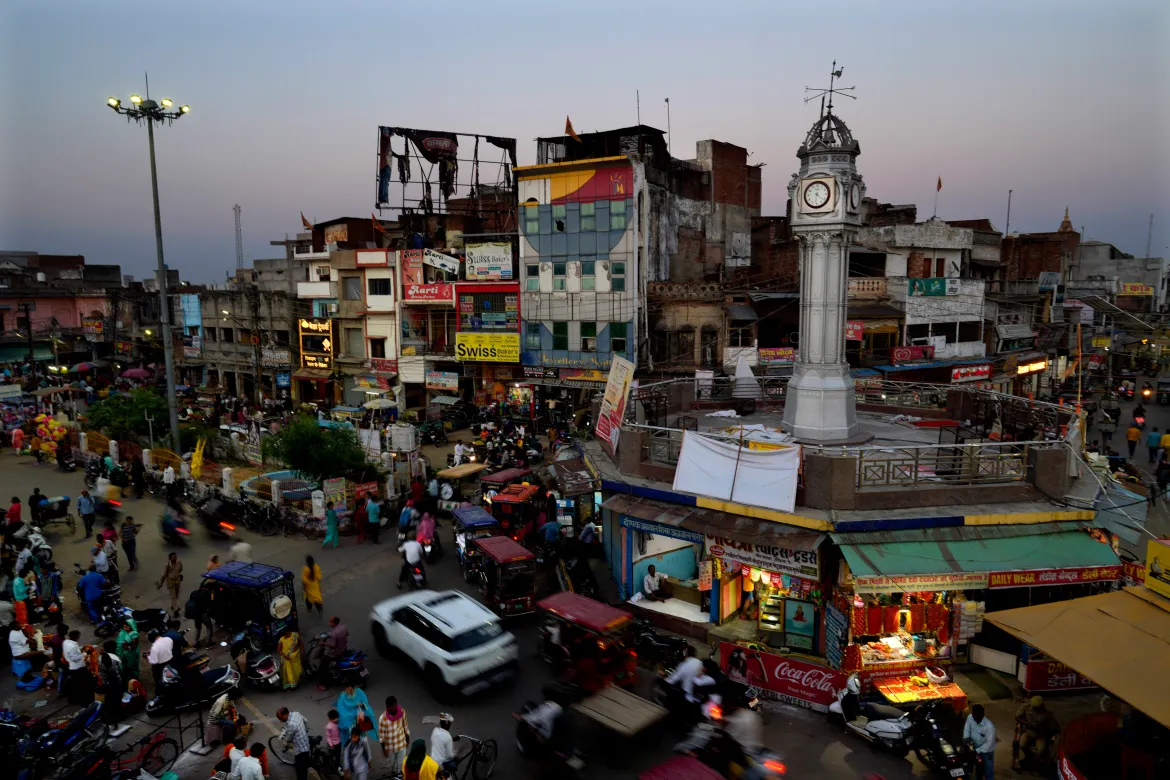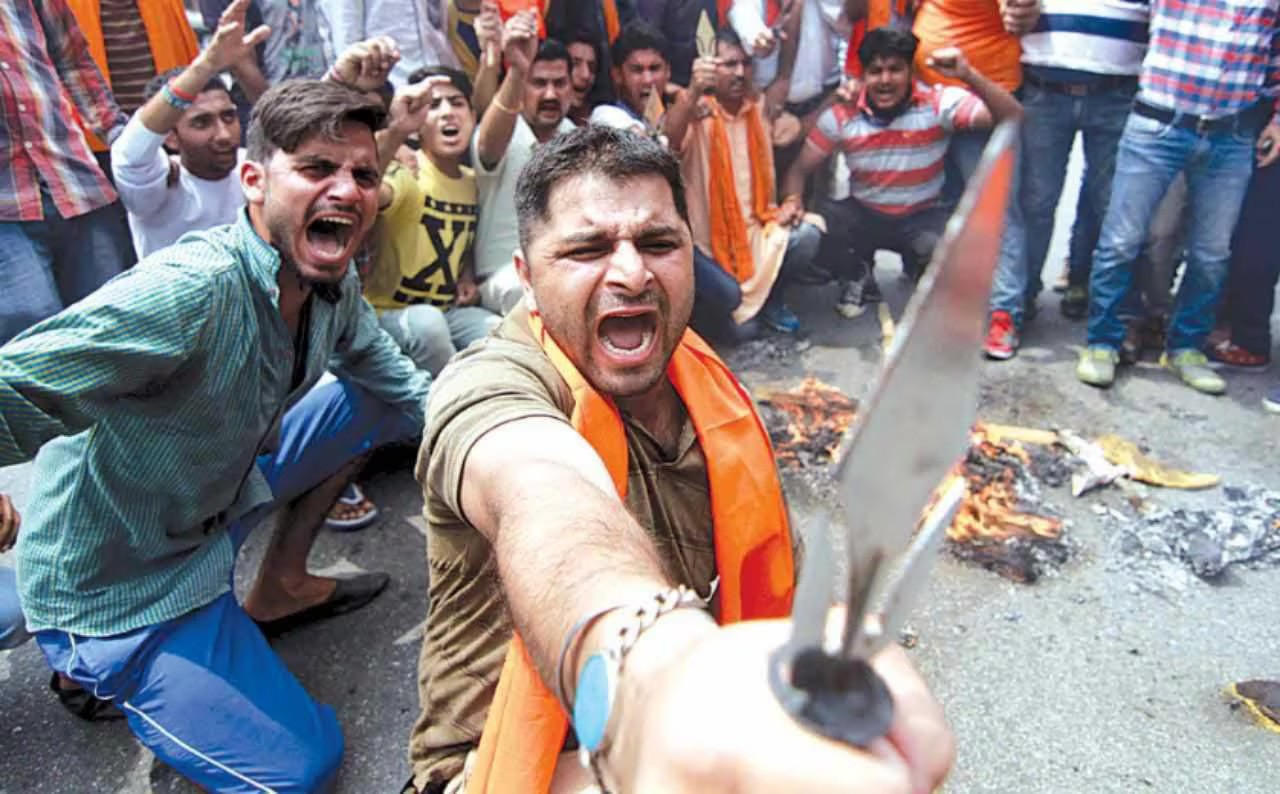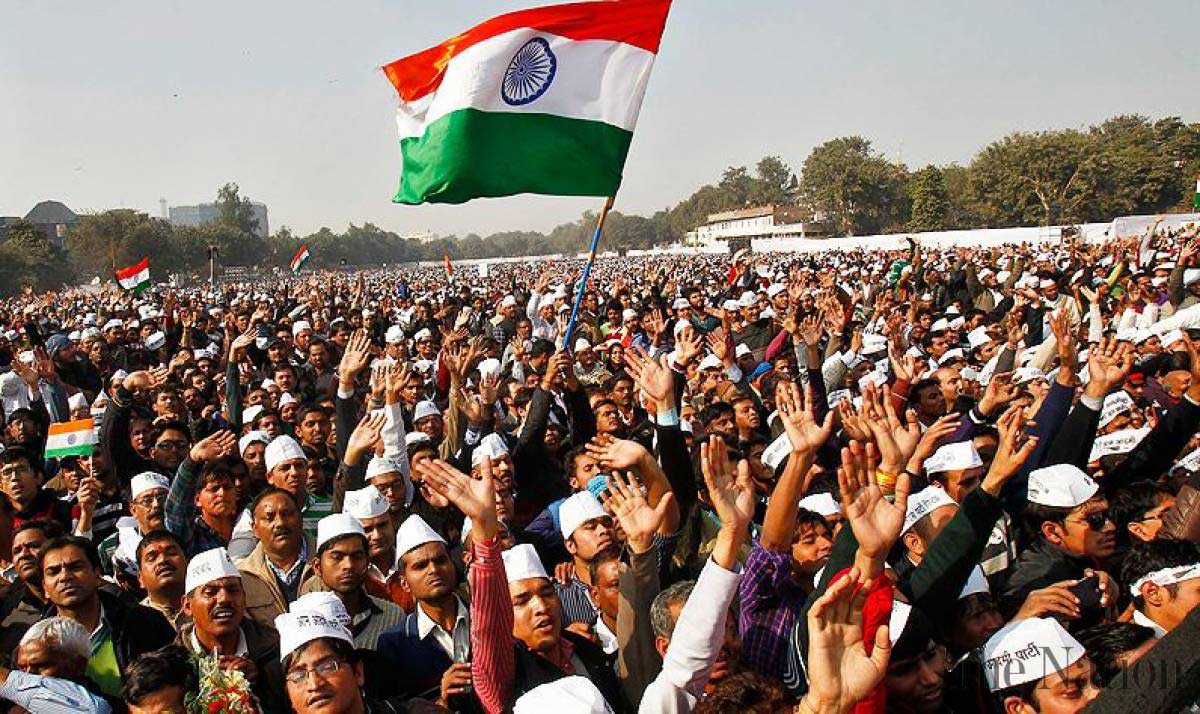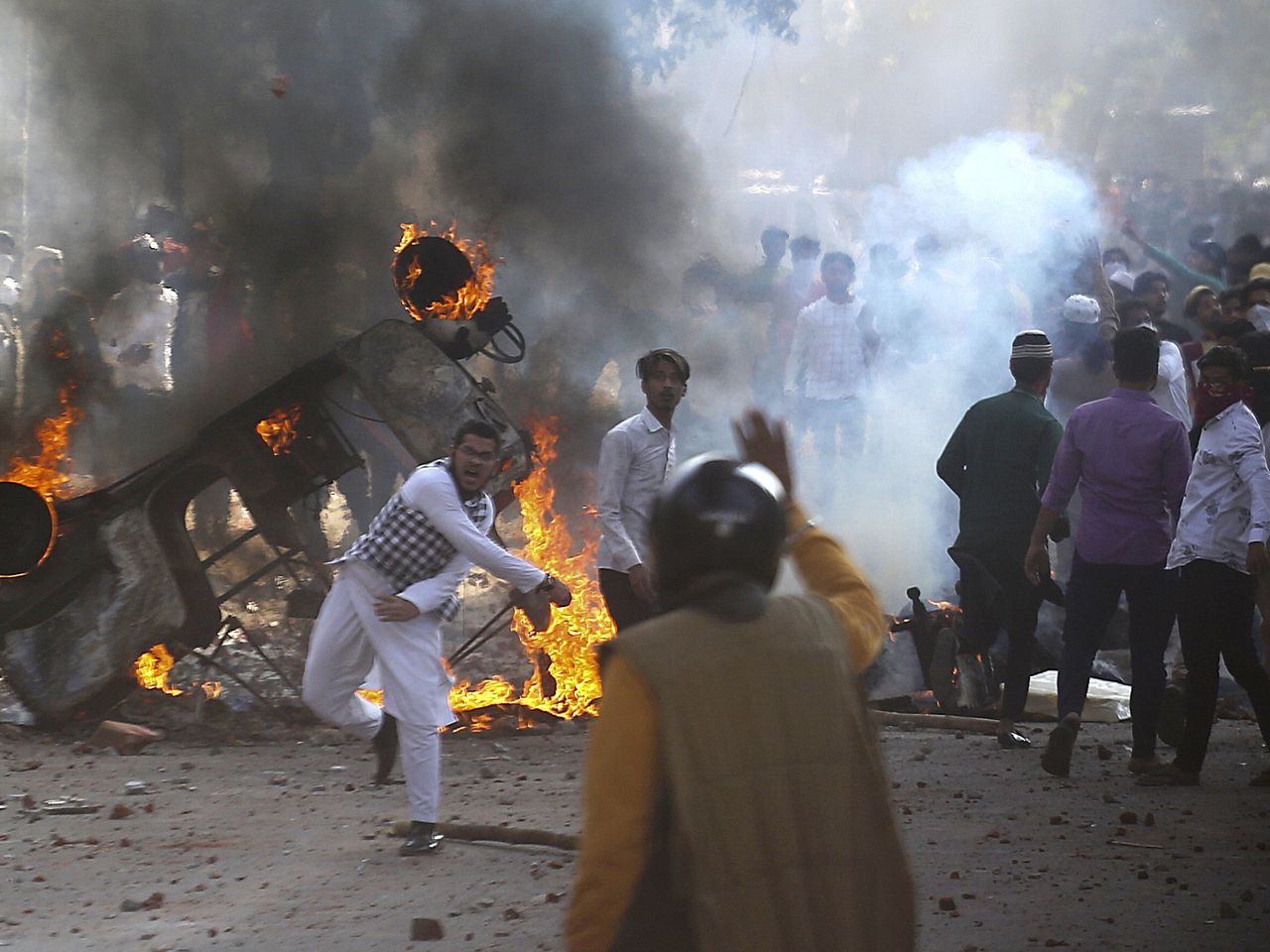The historic town of Ayodhya, which holds great religious significance, is presently experiencing a significant metamorphosis that mirrors the evolving nature of contemporary India. Ayodhya, which was formerly a holy place valued for its spiritual mystery, is today situated where tradition and modernity converge, where the quest for profit and religious revitalization clash. This development is representative of more significant changes taking place in modern Indian culture, where deeply ingrained religious and cultural traditions collide with the pressures of globalisation and commercialization.
The Sri Ram Janmabhoomi Teerth Kshetra Trust (SRJTK), an independent organisation created to supervise the building of the Ram temple and the revitalization of the town’s infrastructure, is essential to Ayodhya’s change. Under the leadership of prominent individuals like Champat Rai and Nripendra Misra, the trust functions with two distinct objectives: to satisfy religious longings and to leverage Ayodhya’s economic potential as a tourism hub.
With the goal of modernising the town, the Ayodhya Masterplan is a visionary endeavour that lays out a comprehensive plan that includes the construction of new infrastructure, including a railway station, an airport, and better road connectivity. Millions of tourists are expected to come to Ayodhya every year as a result of these grand plans, which will boost the local economy and turn the city into a major Hindu pilgrimage centre comparable to Mecca or Vatican City.
Concerns have been expressed concerning the masterplan’s implementation’s effects on the neighbourhood and the sacredness of Ayodhya’s religious legacy, though. Critics contend that the flood of foreign labourers and contractors, especially from Gujarat, has marginalised indigenous people, including the historically connected Kewat tribe of boatmen and fishermen, and ignored local feeling.
In addition, the commodification of spirituality—where the sacred is increasingly seen through the prism of tourism and profit—has resulted from the commercialization of Ayodhya’s holy sites. The development of opulent hotels, retail centres, and other business endeavours poses a threat to the town’s spiritual value, transforming it from a pilgrimage site into a consumerist resort.
The incomplete Ram temple was unveiled amid much hoopla and political rhetoric, signifying the end of decades-long conflicts for the site and the victory of political Hinduism. But the building of the temple has also spurred discussions on how religious symbols may be appropriated for political purposes and how traditional ideals might be compromised in the name of power.
Within this narrative, the highly esteemed Hindu deity, Lord Ram, experiences a metamorphosis of his own. In murals that once portrayed Lord Ram as a calm and kind figure, he is now shown as a militant nationalist, a reflection of the politicisation of religious iconography in modern India. The integrity of religious symbols and their exploitation for political ends are called into doubt by this change.
The actual purpose of pilgrimage could be overlooked in the din of development and commerce as Ayodhya negotiates the intricacies of its transition. Once inspired by a feeling of devotion and reverence, the pilgrim today has to deal with the realities of a modernising environment where spirituality and profit-driven goals coexist.
In summary, the development of Ayodhya can be seen as a microcosm of the larger shifts taking place in modern India, where tradition and modernization interact in intricate ways. It is crucial to protect the town’s unique spiritual and cultural heritage while seizing the chance for economic development as it faces the difficulties of commercialization and political appropriation. To be both a thriving hub of cross-cultural exchange and a hallowed pilgrimage site, Ayodhya can only reach its full potential by carefully balancing tradition and modernity.








